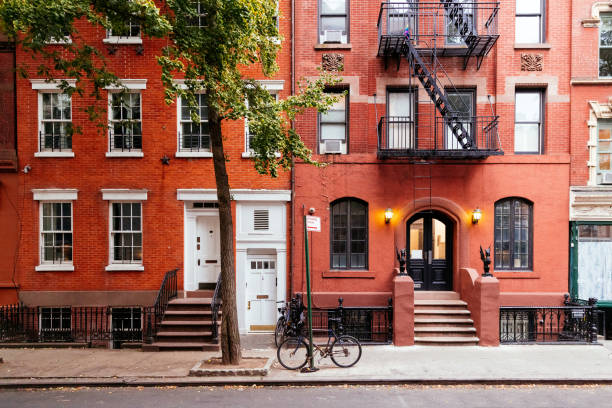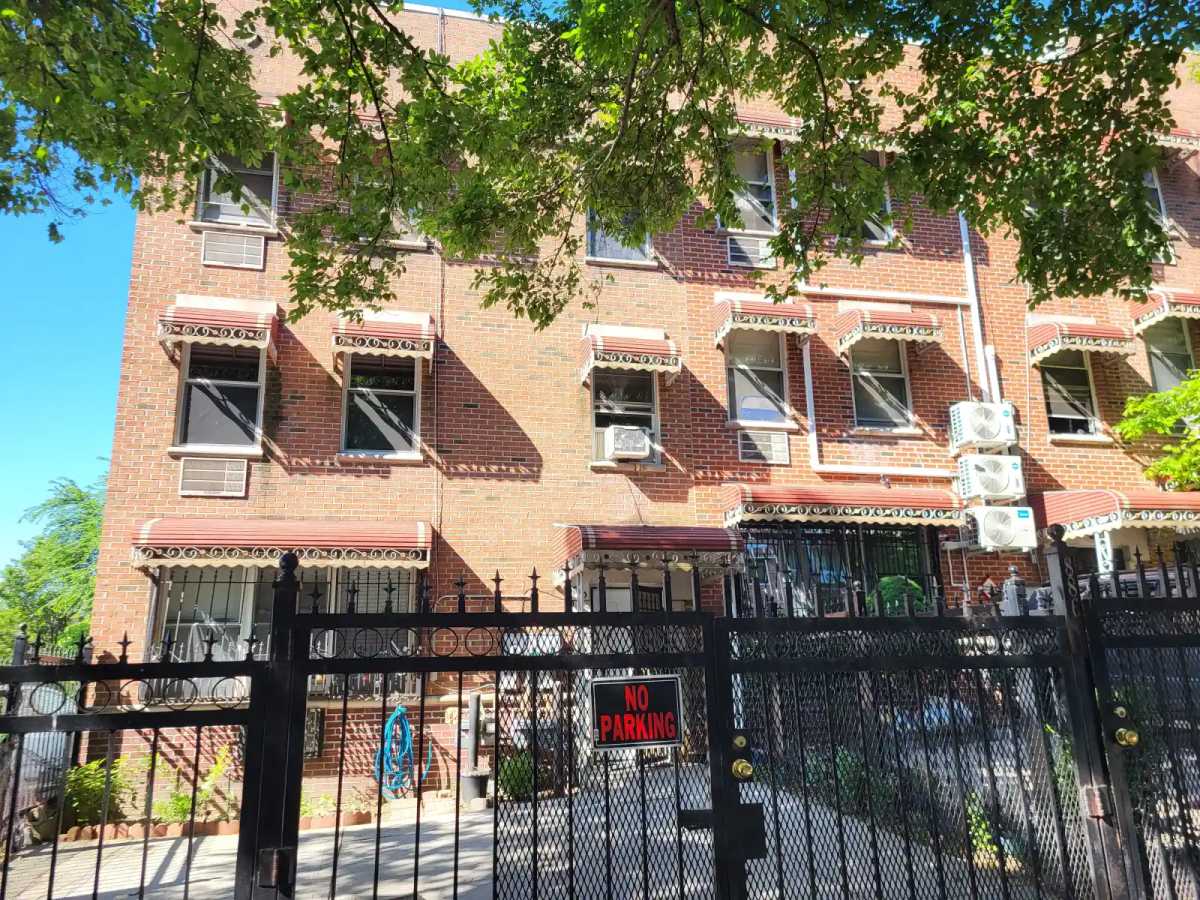New York City ranks among the top major cities in the United States in the number of rental units that are undersized, and nearly half of the units in the pipeline there are planned to be micro units, according to a report by storage space marketplace Storage Cafe.
While zoning laws and building codes have limited how many high-density multifamily developments like micro units can be built, 43.3% of rentals planned for New York City are micro units, accounting for the fourth-highest percentage among the 100 major cities in the country. Such a high percentage reflects more developers becoming committed to creating smaller living spaces in an effort to better address housing shortages.
In Queens, micro unit developments are gaining traction in neighborhoods like Long Island City, where access to transit and employment hubs is a priority. As demand for affordable housing grows, developers are increasingly turning to smaller units to meet the needs of single tenants and young professionals.
Many of those looking to rent in New York City care less about the square footage of a home than they do for affordability, location and independence. The only cities with a higher percentile than New York City were Seattle, Washington (66%), Boston, Massachusetts (56.2%), and Newark, New Jersey (49.8%).
Micro units in New York City are defined as taking up between 110 and 406 square feet. Even though demand for a place to live in the Big Apple is still overwhelming, the fact that so many of these types of dwellings are in the works indicates that developers intend for them to help alleviate the sky-high rental costs, in addition to providing more housing opportunities.
Approximately 6.5% of the rentals in New York City are micro units, accounting for the 11th-highest share in stock and the second-highest in the northeastern United States, trailing only Philadelphia, Pennsylvania’s 6.8%.
Despite the fact that micro units are more affordable than normal apartments, the monthly rent for micro units in New York City was significantly higher than each of the other 99 cities included in the study. The monthly rent for these units was $2,989. Boston was the only other city with a monthly rent above $2,000, at $2,655.
While micro units cost 38% less than conventional units in New York City, the limited amount of living spaces available, combined with increasing demand, has contributed to rents remaining very high in New York City. The average rent of conventional units in New York City is $4,796. Even with a respectable percentage gap between the average rent of conventional units and micro units, such a high rent for the former units has led to even the more affordable micro units being very expensive.


































